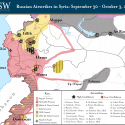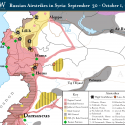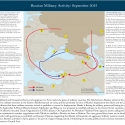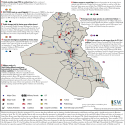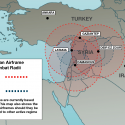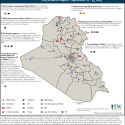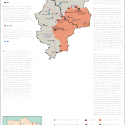Iraq Situation Report: October 2 - 5, 2015
Oct 5, 2015 - Sinan Adnan
ISIS claimed a VBIED attack in a market area in Zubair, south of Basra, as part of its longstanding Wilayat Janub, which previously claimed attacks primarily in areas south of Baghdad, including Jurf al-Sakhar.


